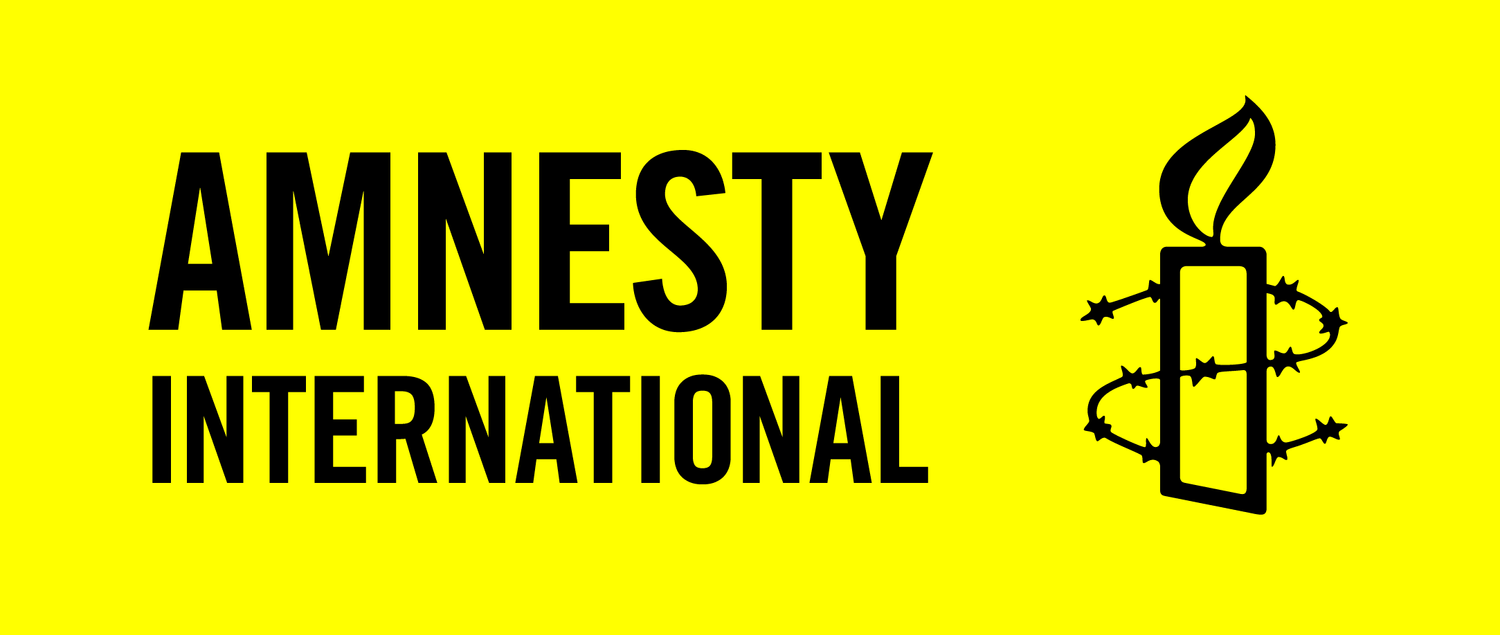Why We Need a Safeguarding System
Amnesty International works in areas where there is a widening of the socio-economic inequalities and political upheavals, which has given rise to poverty, conflict, displacement of populations and the curtailing of human rights.
The purpose of developing a Safeguarding policy is to protect all people, in particular children, youth, at-risk adults, from any harm that may be caused due to their coming into contact with Amnesty International, including in the conduct of staff and in the design and implementation of programmes and activities
All national entities and the Secretariat must take all reasonable steps (clear policies, procedures, and practices) to prevent Sexual Exploitation, Abuse and Sexual Harassment (SEAH) and other forms of related harm from occurring most especially to vulnerable adults, children, and staff.
SEAH is a form of Gender Based Violence (GBV) and constitutes abuse of power based on gender inequality and a lack of respect for human rights (right to life, freedom from torture and degrading treatment, freedom from discrimination and the right to safety and security).
To enhance the protective space available to those who engage in our work, it is required that all entities develop clear and contextualized Safeguarding risk assessments from the inception to the closure of a programme/activity; engage those targeted by our programmes on the development and implementation of contextualized procedures for the receipt, management, and response measures to address reported allegations.
We must do this as Amnesty to achieve our goal of having both internally and externally the highest standards of accountability for decisions and actions. More importantly, having a functional safeguarding system helps ensure that all parties are clear on what is expected of them, thus helping to identify and address concerns in a timely, safe and confidential manner without causing (further) harm to anyone.
National Boards are responsible to oversee organizational policies and for management to implement them. All national entities are encouraged to make sure a safeguarding policy is prioritized. While resources listed can be useful, each national context will have their own requirements and needs to make safeguarding a reality.
Within Amnesty’s Core Standards, there is no single way of ensuring safeguarding, but it does need integration within current policies and processes. Current Core Standards 16 and 18 outlines the need for implementation of policies relevant to safeguarding in relation to:
Board, Staff and Volunteer inductions and code of conducts including additional clauses on zero tolerance on sexual exploitation and violence and the steps to take to report any such incidences witnessed.
Current policies on prevention of sexual misconduct applying for safeguarding concerns. They can be raised through current feedback and complaints mechanism that the entity may have. Here it is good to have a way of identifying, codifying and fast-tracking safeguarding complaints. Confidentiality would be key in ensuring how such complaints are handled.
Any Whistle-blowing policies can be utilized for protection of safeguarding victims reporting on such incidences and steps needed to be taken to ensure privacy and safety of those whistle-blowers.
Grievance redressal processes can be used to outline how specific safeguarding breach allegations will be handled, how confidentiality will be maintained and in cases with reporting to legal authorities if it requires criminal investigations.
To complement the current Core Standards (bear in mind the CS are being reviewed by the movement), several internal and external resources are available to national entities to craft a safeguarding system.
As usual, your Regional Capacity Building Coordinator can be of guiding help. In addition, the International Secretariat can advise on procedures and policies at safeguarding@amnesty.org
Example International Secretariat Safeguarding Policy
Example Guidance - International Secretariat Components of a functioning Safeguarding System
Example Amnesty UK Safeguarding Adult at Risk and Children Policy
The Inter-Agency Minimum Standards for Gender-Based Violence in Emergencies Programming, GBV Area of Responsibility, UNFPA, 2019: https://www.unfpa.org/minimum-standards
Caring for Child Survivors of Sexual Abuse: Guidelines for health and pyscho-social service providers in humanitarian settings, International Rescue Committee and UNICEF, 2012: https://www.refworld.org/docid/532aa6834.html
UNHCR Guidelines on Assessing and Determining the Best Interests of the Child, 2018 Provisional Release: https://www.refworld.org/pdfid/5c18d7254.pdf
Inter-Agency Gender-Based Violence Case Management Guidelines, First Edition, 2017: https://reliefweb.int/sites/reliefweb.int/files/resources/interagency-gbv-case-management guidelines_final_2017_low-res.pdf
Inter-Agency Guidelines for Case Management and Child Protection: A Guide for Policy and Programme Managers and Case Workers, Global Protection Cluster: Child Protection, January 2014: http://www.cpcnetwork.org/wp-content/uploads/2014/08/CM_guidelines_ENG_.pdf
Core Humanitarian Standards https://www.chsalliance.org/get-support/resources/
Keeping Children Safe standards for child safeguarding Child Safeguarding Standards and How to Implement Them | Safeguarding Resource and Support Hub (https://safeguardingsupporthub.org)
Safeguarding Resource Hub https://safeguardingsupporthub.org/






